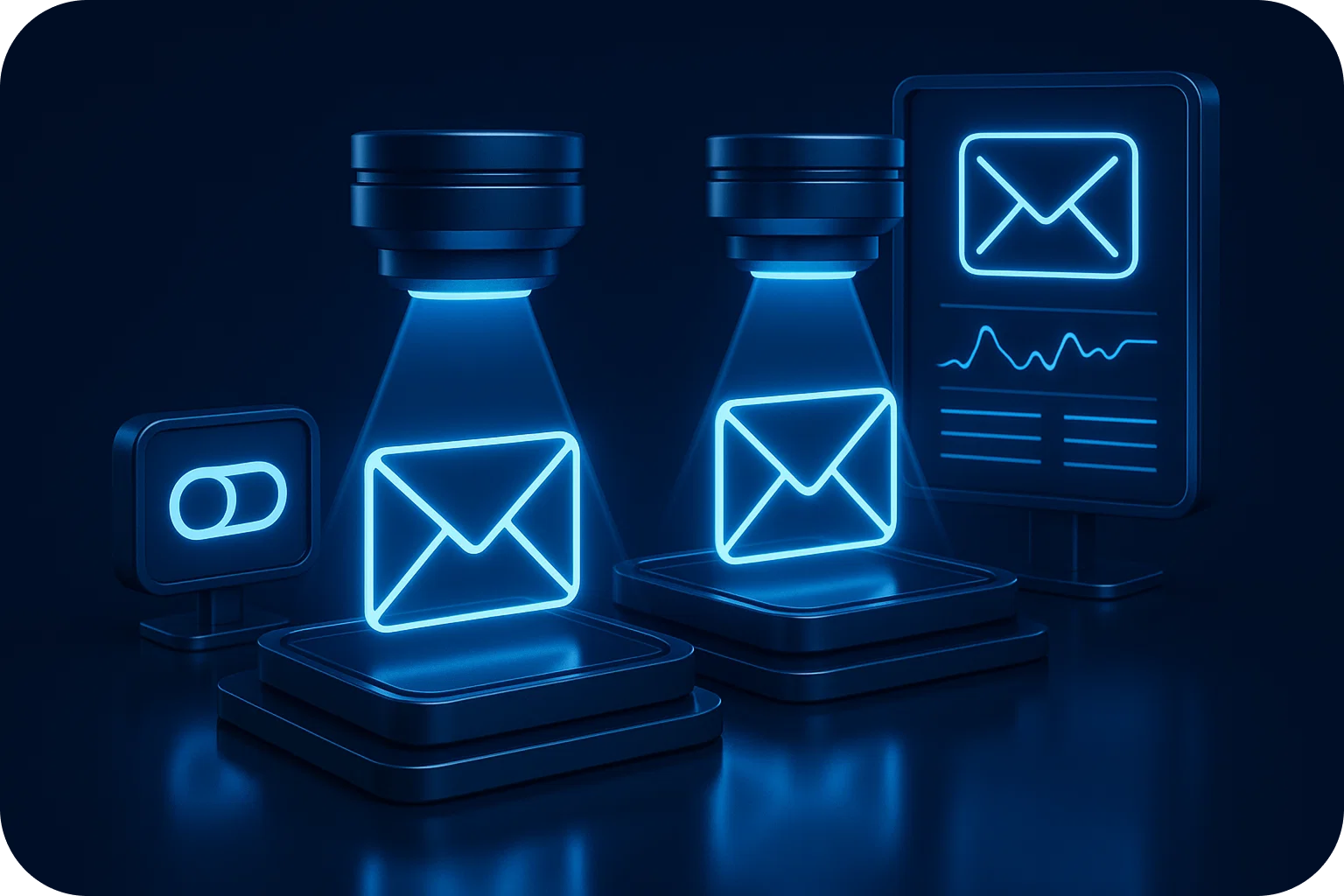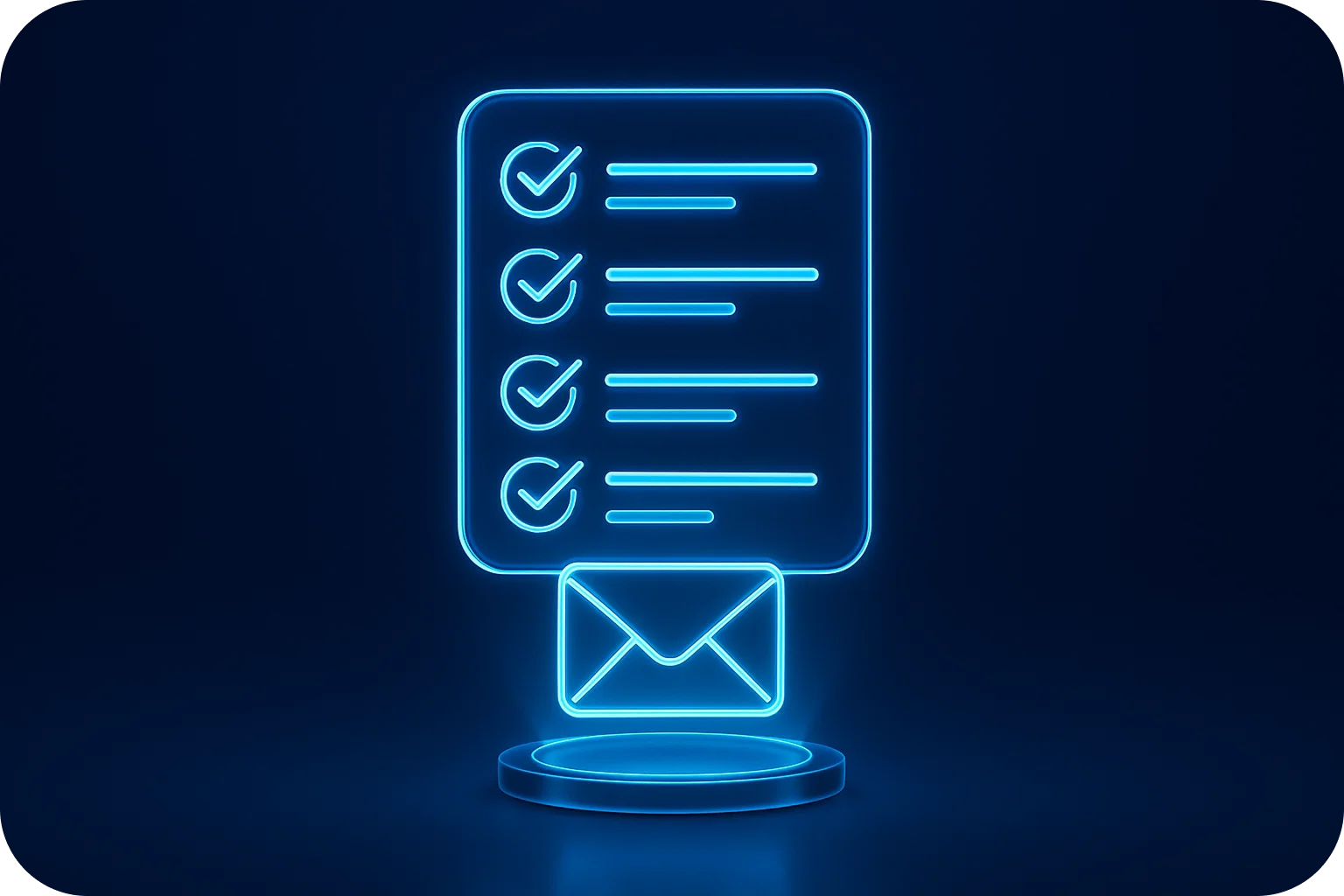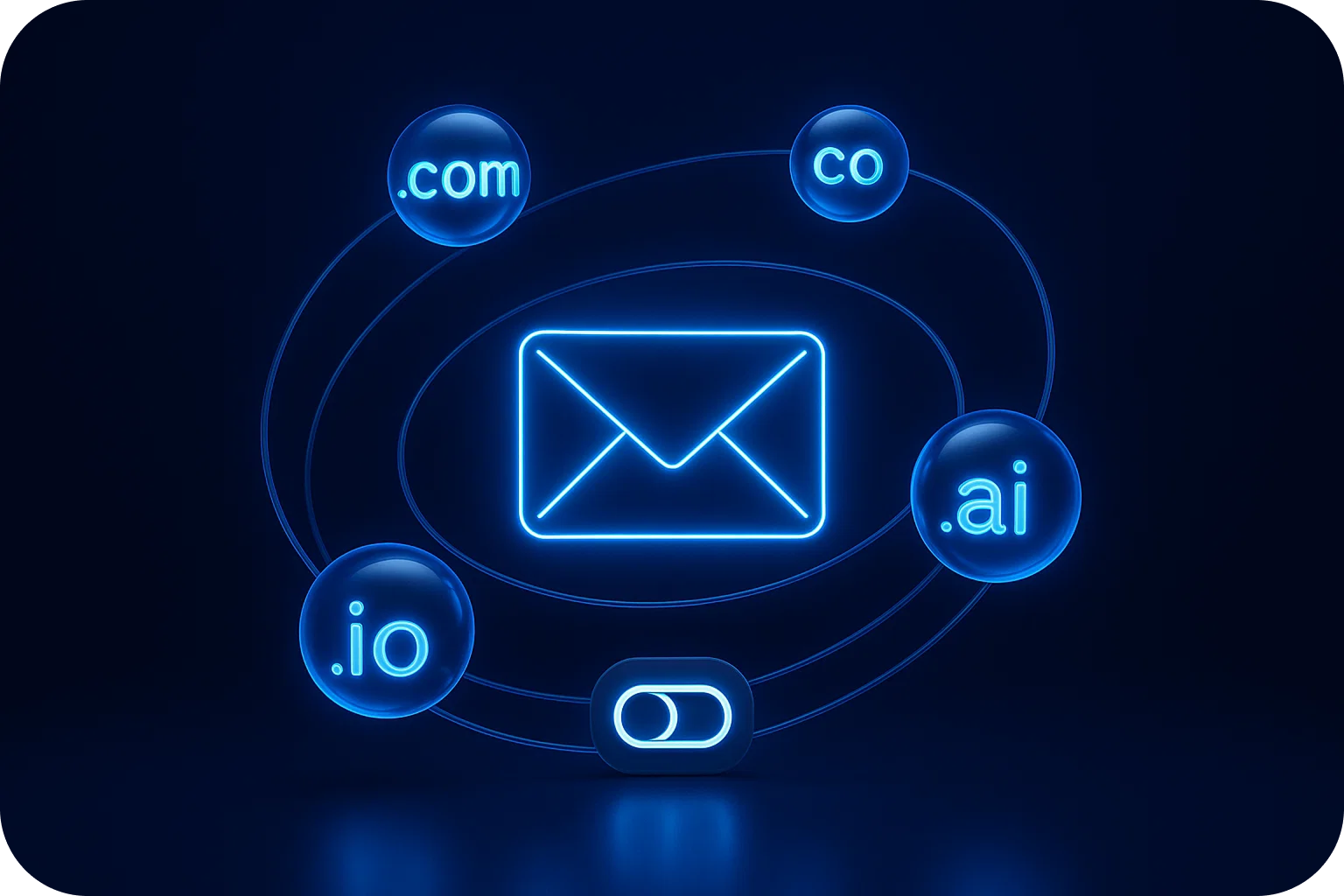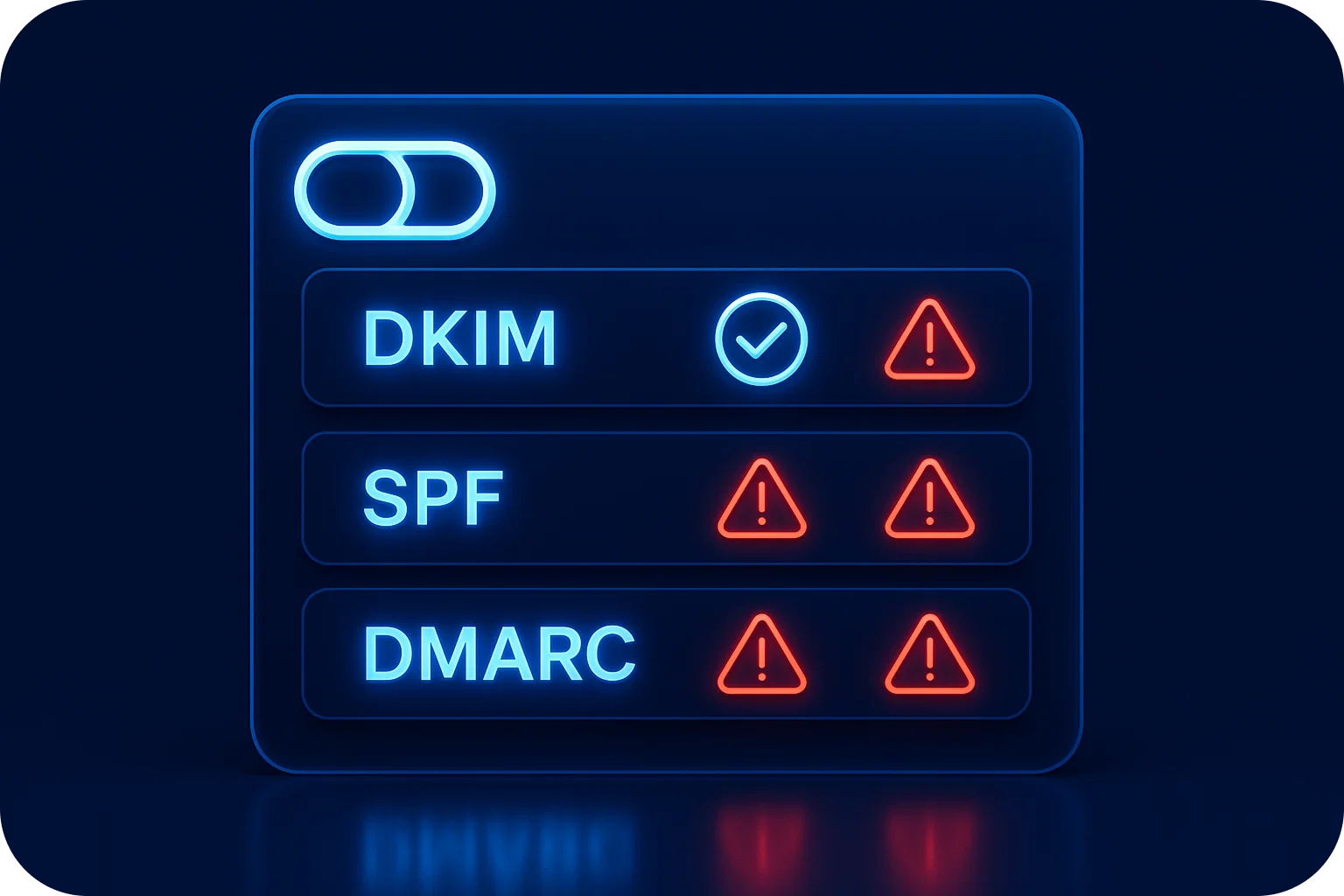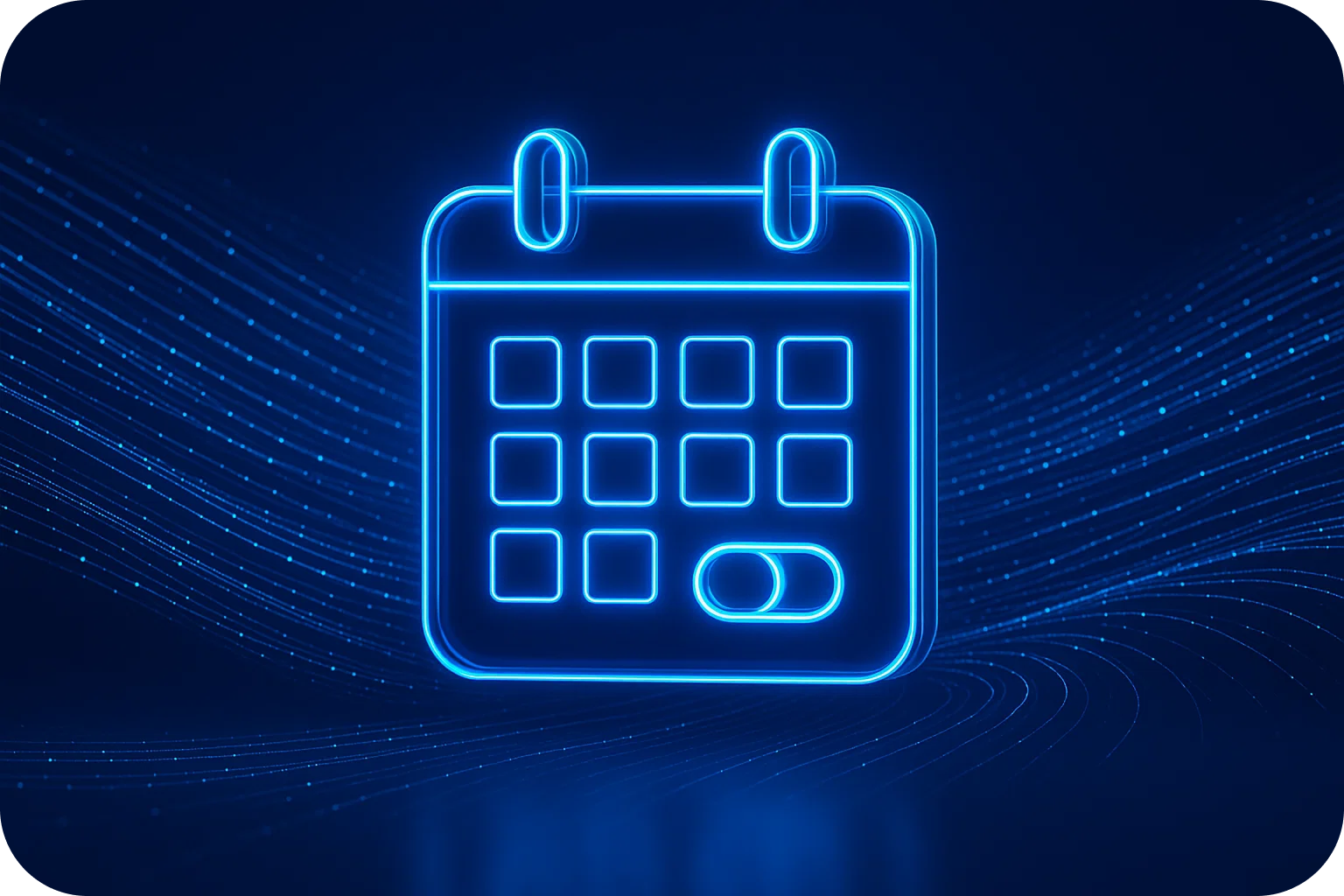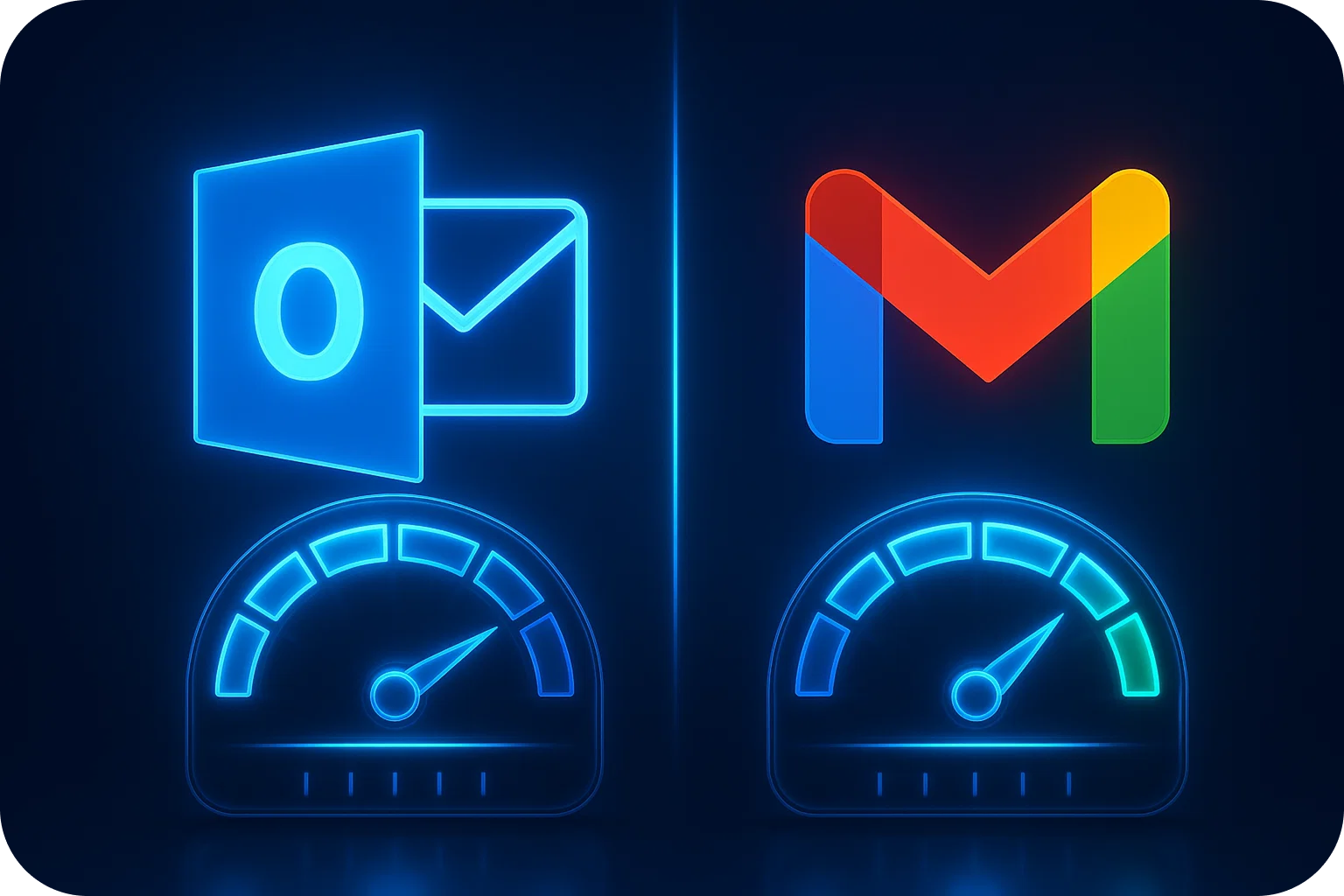The Inbox Algorithm Shift: What Changed in 2025 and How to Adapt
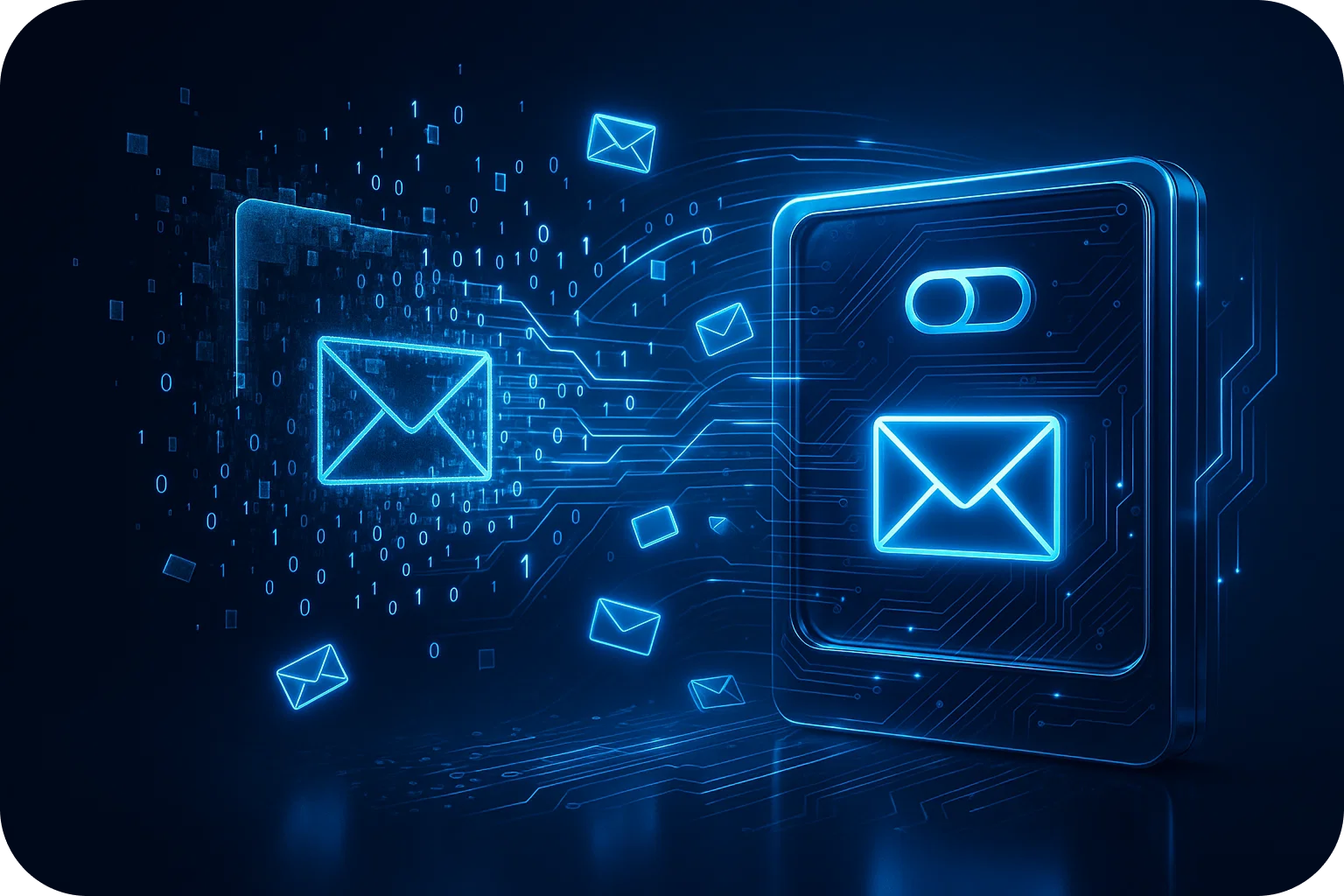
If your cold email campaigns suddenly stopped performing in early 2025, you're not alone. Major email service providers (ESPs) rolled out their most significant inbox algorithm updates in years, fundamentally changing how messages are filtered, scored, and delivered. For startups and sales teams relying on cold outreach, these changes created immediate challenges, but also new opportunities for those who adapt quickly.
This comprehensive guide breaks down exactly what changed, why it matters, and the proven strategies you need to maintain high deliverability in this new landscape.
The 2025 Algorithm Overhaul: What Actually Changed
In February 2025, Google and Microsoft simultaneously announced major updates to their spam filtering systems. By March, other providers followed suit. These weren't minor tweaks, they represented a fundamental shift in how ESPs evaluate sender reputation and message quality.
1. AI-Powered Content Analysis
ESPs now deploy sophisticated machine learning models that analyze email content with unprecedented depth. Unlike previous keyword-based filters, these AI systems understand context, intent, and messaging patterns. They can detect:
- Overly promotional language disguised as personal communication
- Template patterns used across mass campaigns
- Misleading subject lines that don't match email body content
- Artificial personalization that lacks genuine relevance
The result? Generic cold email templates that worked in 2024 now trigger spam filters almost instantly.
2. Engagement-Based Filtering
The new inbox algorithm places dramatically more weight on recipient engagement signals. ESPs now track:
- Time spent reading emails (not just opens)
- Reply rates and reply speed
- Forward and share actions
- Manual folder movements (inbox to primary, spam to inbox)
- Contact additions to address books
Low engagement from your first 50-100 sends can permanently damage your sender reputation with that ESP, making recovery extremely difficult.
3. Stricter Authentication Requirements
Authentication protocols that were "recommended" in 2024 became mandatory requirements in 2025. ESPs now enforce:
- SPF, DKIM, and DMARC alignment across all sending domains
- BIMI (Brand Indicators for Message Identification) for enhanced sender verification
- Consistent sending infrastructure (no frequent IP or domain switching)
- Proper reverse DNS configuration
Messages from improperly authenticated domains now face automatic filtering, regardless of content quality.
4. Domain Reputation Clustering
Perhaps the most significant change: ESPs now cluster domains by ownership and infrastructure. If you're sending from multiple domains, poor performance on one can negatively impact others in your portfolio. This "guilt by association" effect makes domain management and rotation strategy more critical than ever.
Why These Changes Matter for Cold Email
The 2025 inbox algorithm shift fundamentally changed the cold email economics. Sales teams that previously scaled outreach by simply adding more domains and inboxes discovered this approach no longer works and often backfires.
The new algorithms reward quality over quantity. A smaller campaign with high engagement now outperforms mass sends with low engagement, even when total reply volume is lower. This inverts the traditional cold email playbook that prioritized volume above all else.
For startups operating with limited resources, this creates both challenges and opportunities. The barrier to entry hasn't increased; it's shifted. Success now depends less on budget and more on strategy, personalization, and technical infrastructure.
How to Adapt: Proven Strategies for 2025 and Beyond
1. Rebuild Your Technical Foundation
Before sending a single cold email, ensure your infrastructure meets 2025 standards:
Authentication Setup: Implement SPF, DKIM, and DMARC with strict alignment. Use DMARC monitoring tools to catch authentication failures before they damage your reputation. Configure BIMI if your brand has a registered trademark.
Domain Strategy: Use separate domains for cold outreach versus transactional emails. Warm up new domains gradually over 3-4 weeks before full-scale sending. Limit sending to 20 emails per inbox per day during warm-up, scaling to a maximum of 50-70 at full capacity.
Infrastructure Consistency: Maintain stable sending patterns. Sudden volume spikes or frequent infrastructure changes trigger algorithmic scrutiny. If you're using shared IP addresses, ensure your ESP pools senders with similar reputation profiles.
2. Transform Your Content Approach
Generic templates are dead. The 2025 inbox algorithm demands genuine personalization and relevance:
Deep Research: Invest time in prospect research before writing. Reference specific company initiatives, recent news, or relevant challenges. AI-powered content analysis can detect shallow personalization (first name, company name only), so go deeper.
Conversational Tone: Write like you're emailing a colleague, not broadcasting to a list. Avoid marketing language, excessive formatting, and promotional phrases. The best cold emails in 2025 are indistinguishable from personal business correspondence.
Subject Line Authenticity: Your subject line must accurately reflect email content. Clickbait or misleading subjects trigger immediate filtering. Test subject lines that sound like internal business communication: "Quick question about [specific initiative]" outperforms "Exclusive offer inside."
3. Prioritize Engagement from Day One
Your first 100 sends establish your sender reputation. Make them count:
List Quality Over Size: Start with your highest-quality prospects, those most likely to engage. A 10% reply rate on 100 sends builds a better reputation than 2% on 500 sends, even though total replies are lower.
Timing Optimization: Send when recipients are most likely to engage. For B2B, Tuesday through Thursday, 9-11 AM in the recipient's timezone consistently performs best. Avoid Monday mornings and Friday afternoons.
Follow-Up Strategy: The inbox algorithm tracks conversation threads. Thoughtful follow-ups that reference previous messages signal legitimate business communication. Space follow-ups 3-4 days apart and limit sequences to 3-4 touches maximum.
4. Implement Continuous Monitoring
The 2025 algorithms adjust in real-time. What works today may not work next month:
Deliverability Metrics: Track inbox placement rates, not just delivery rates. Use seed lists across major ESPs to monitor where your emails actually land. Aim for 96%+ inbox placement.
Engagement Analytics: Monitor open rates, reply rates, and time-to-reply. Declining engagement is an early warning signal that your sender reputation is deteriorating.
Domain Health Checks: Regularly audit your domains using tools like Google Postmaster, Microsoft SNDS, and third-party reputation monitors. Catch problems early before they compound.
5. Leverage Professional Infrastructure
Managing cold email infrastructure in 2025 requires specialized expertise. The technical complexity of maintaining high deliverability across multiple domains, proper authentication, and consistent warm-up schedules makes DIY approaches increasingly risky.
Professional cold email infrastructure platforms handle the technical heavy lifting, DNS configuration, authentication setup, domain rotation, and deliverability monitoring, allowing your sales team to focus on crafting compelling messages and building relationships.
For startups and sales teams sending more than 500 cold emails monthly, the ROI of professional infrastructure typically pays for itself within the first month through improved inbox placement and reduced time spent on technical troubleshooting.
Common Mistakes to Avoid
Buying Email Lists: Purchased lists consistently produce low engagement, which permanently damages sender reputation under the new algorithms. Build your own lists through research and prospecting.
Aggressive Scaling: Rapidly increasing send volume triggers algorithmic red flags. Scale gradually, no more than 20% volume increases week-over-week.
Ignoring Unsubscribes: Process unsubscribe requests immediately. Continuing to email unsubscribed recipients generates spam complaints that devastate sender reputation.
Using Free Email Providers: Sending cold emails from Gmail, Outlook, or free accounts violates terms of service and results in immediate account suspension. Use professional business email infrastructure.
Neglecting Mobile Optimization: Over 60% of business emails are now opened on mobile devices. Emails that don't render properly on mobile generate lower engagement, hurting your algorithmic reputation.
The Future of Cold Email Deliverability
The 2025 inbox algorithm shift isn't a one-time event; it's the beginning of an ongoing evolution. ESPs will continue refining their AI-powered filtering systems, making them increasingly sophisticated at distinguishing genuine business communication from unwanted spam.
The winners in this new landscape will be sales teams that embrace quality over quantity, invest in proper technical infrastructure, and continuously adapt their strategies based on performance data. Cold email remains one of the most effective B2B outreach channels, but success now requires a more strategic, technically sound approach.
Take Action Today
Don't wait for your deliverability to crash before adapting. Start by auditing your current cold email infrastructure against 2025 standards:
- Verify your SPF, DKIM, and DMARC configuration
- Review your domain strategy and warm-up protocols
- Analyze recent campaign engagement metrics
- Test your current inbox placement rates across major ESPs
- Evaluate whether your content passes AI-powered spam filters
The inbox algorithm shift of 2025 raised the bar for cold email success, but it also created opportunities for sales teams willing to invest in proper strategy and infrastructure. By understanding what changed and implementing the proven adaptation strategies outlined in this guide, you can maintain and even improve your cold email performance in this new era.
Ready to ensure your cold email infrastructure meets 2025 standards? Mailpool provides enterprise-grade deliverability management, automated authentication setup, and proven inbox placement strategies.
More articles
Get started now




%201.png)
